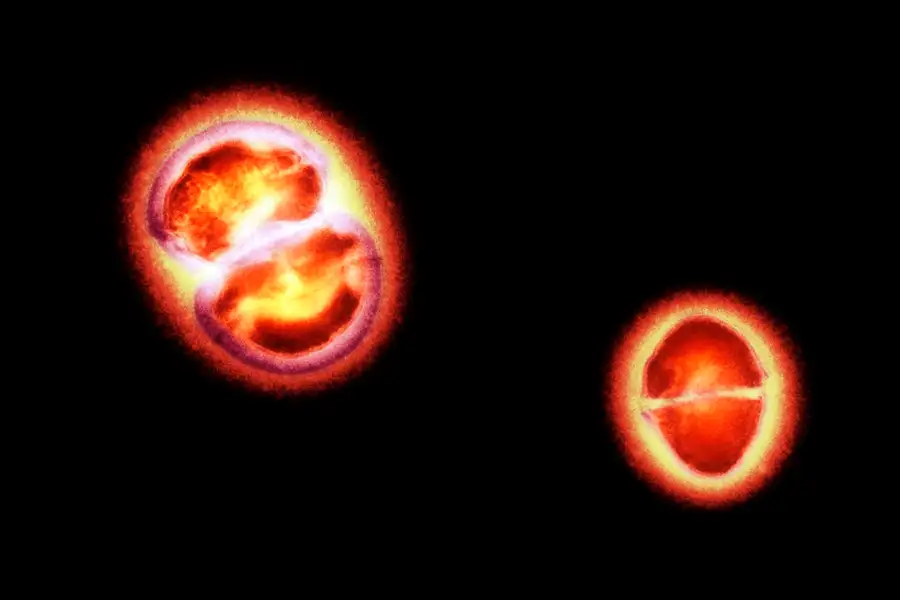In a groundbreaking revelation, scientists exploring the intricate world of the human microbiome have stumbled upon a fascinating discovery – an entirely new class of virus-like entities, aptly named “Obelisks.” These mysterious genetic structures challenge our understanding of biological agents, presenting an unprecedented bridge between the simplest genetic molecules and more complex viruses.
The Enigmatic Obelisks: Beyond Known Biological Agents
1. A Pioneering Discovery
Researchers from Stanford University, led by biologist Ivan Zheludev, have uncovered a class of diverse RNAs known as Obelisks within the human and global microbiomes. These genetic entities, characterized by rod-like structures, defy conventional categorization and exhibit no detectable sequences or structural similarities to known biological agents.
2. Size and Structure
With genetic sequences limited to around 1,000 characters, the brevity of Obelisks’ genetic material has contributed to their elusiveness. The unique rod-like structures formed by twisted RNA strands distinguish them, making them distinct from other genetic molecules.
Unveiling the Obelisks: A Global Presence
In a study combing through 5.4 million datasets of published genetic sequences, Zheludev and his team identified almost 30,000 different Obelisks. Surprisingly, these entities appeared in approximately 10 percent of the human microbiomes analyzed, suggesting a widespread and previously unnoticed presence.
Obelisks exhibit intriguing diversity, with different types found in various areas of the human body. This spatial distribution supports the hypothesis that Obelisks play a role as colonists within specific human microbiomes.
The Genetic Code: Oblins and Protein Synthesis
Instructions within the Obelisks’ genetic material reveal the existence of a new class of proteins called “Oblins.” These proteins, taking up a significant portion of the genetic code, show remarkable similarity across all Obelisks. Researchers speculate that Oblins may be integral to the replication process of these enigmatic entities.
While Obelisks possess the ability to code for proteins, setting them apart from known RNA loops like viroids, they lack the genes responsible for creating protein shells seen in traditional RNA viruses. Their larger size compared to genetic molecules in cells raises questions about their classification.
Unanswered Questions: The Nature of Obelisks
Despite the groundbreaking discovery, researchers are still grappling with fundamental questions. The exact hosts of Obelisks, their impact on bacterial hosts, and the means by which they may spread between cells remain elusive. The researchers suggest that these entities might not fit the traditional definition of viruses and could more closely resemble “RNA plasmids.”
Conclusion: A Paradigm-Shifting Discovery
The revelation of Obelisks introduces a paradigm shift in our understanding of the microbial world within us. As scientists navigate this uncharted territory, the enigma surrounding Obelisks prompts further exploration into their origins, functions, and potential implications for human health.



